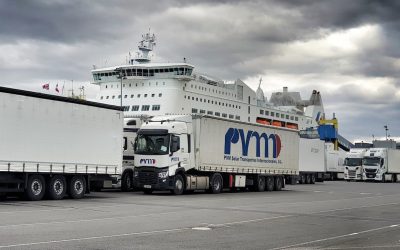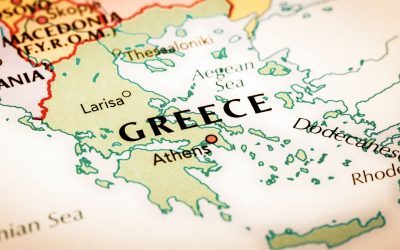The Age-old Conundrum - Road or Ferry? Europe’s shores are calling; adventure, culture and a rich tapestry of beautiful scenery awaits....

Civitavecchia
Civitavecchia
A Route through Italy to Greece
Sitting in Spain at the beginning of the year, we started contemplating the next chapter in our Motoroaming adventures - our Greek...
Follow us
You can find us on social media,
different channels for different content.


